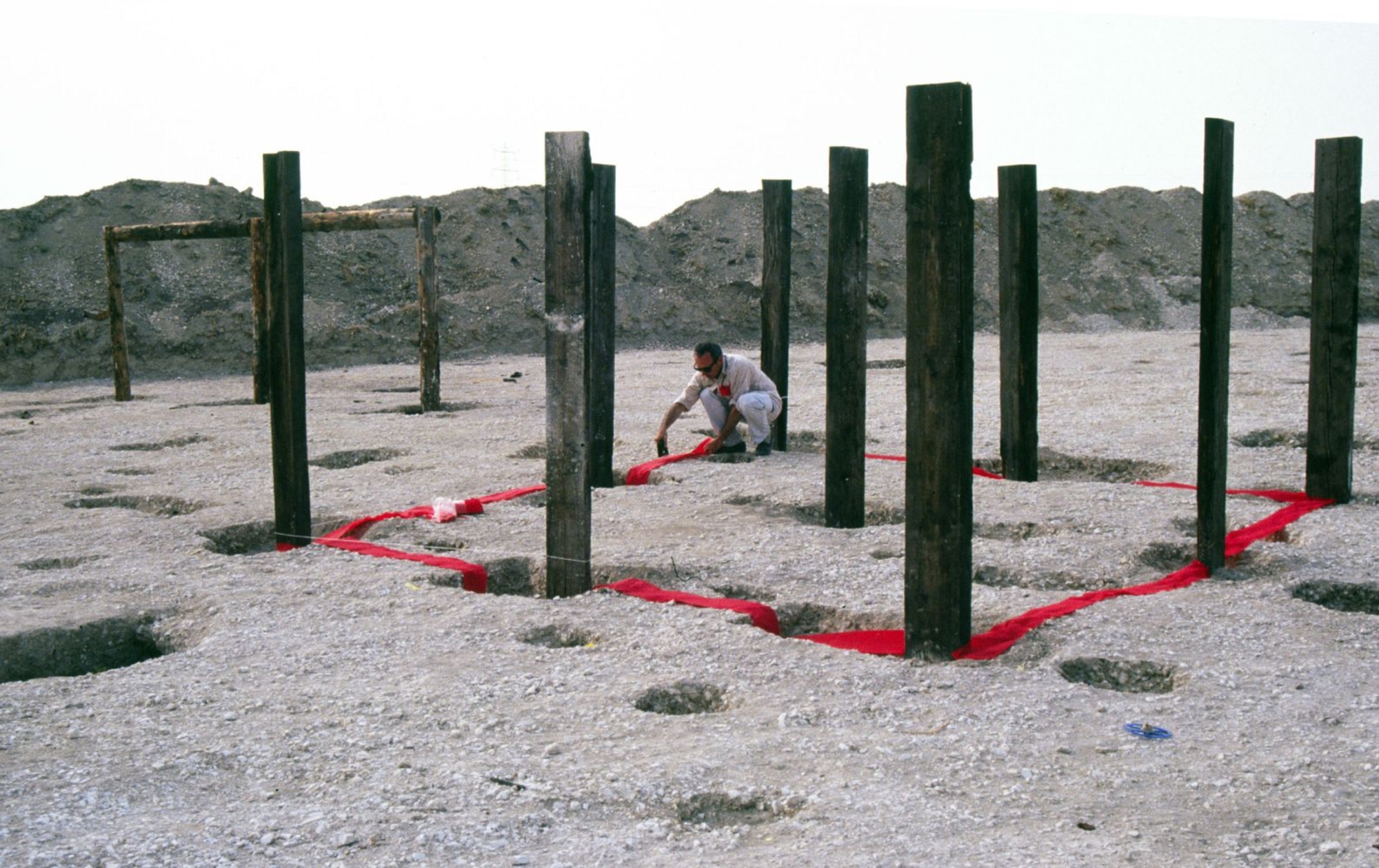
- Home
- Archaeological research
- Archaeozoology
L’Archeozoology plays an important role in the study of protohistoric societies due to the close relationship between humans and animals. The excavation of the settlement at Acy-Romance benefited from the almost continuous presence of Patrice Méniel whose help was invaluable in deciding the orientation of the dig and the development of certain methodologies. His expertise was especially useful in the identification in situ of animal bones, their connection and any anomalies in their layout or assembly, and similarly with fragmented human remains. The volumes involved made it impossible to sieve everything, so this was done on a sampling basis to build a representative spectrum of the micromammals and other amphibians. This led to the collection of the bones of a weasel and of its captured prey, and the head and limb bones of a marten, evidence of a discarded fur.
The strata rich in the remains of fish were systematically sieved. The famous ewe pits were given specialist treatment which meant that the issue of their origin could be investigated immediately and their direct environment searched for possible special characteristics. A few unusual burned bones, in danger of ending up in a bag with other, similar remains, were identified immediately as the remains of cremated humans, thrown into rather than placed in two grain pits. The state of preservation of a bull's skull, the alteration in the surface of bones observed during the excavations led, for example, to the clearing of a vast grain pit essentially filled with chalk.
The study of over 200,000 bony remains at the Acy-Romance site, most of which were observed in situ, enabled the study of every aspect of livestock farming, butchery and meat consumption.




